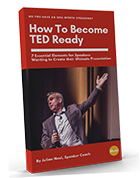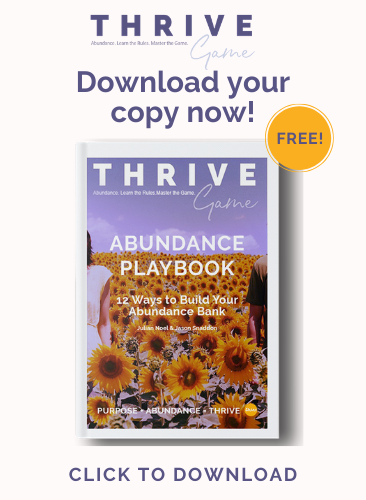Did you know that 70% of stories published in the media are profile stories?
Incredible but true. Next time you read a magazine pay some attention to story types.
People are endlessly curious about what other people are doing, their successes, failures (the more spectacular the better), who they’re in relationship with, what they’re eating, wearing and a whole lot more – for better or worse!
Memorable
People remember stories – much more so than any facts and figures and details. I am sure there’s a bunch of research with a million psychological reasons out there about why this is the case. I’m not going to bore you with facts and figures.
Story telling works. Being a Publicist and trainer for 22 years, time and again I see this in action. We train our clients to master this art (watch for our next blog to see exactly how we do it).
Powerful
Story telling is powerful. It finds connecting points; it builds bridges of empathy, stimulates the imagination and crosses the great divide of human experience. It personalises what’s happening in the world and helps us to make sense of our own experiences and aspirations.
We are feelers first
We are primarily beings that feel. Marketers know this so well. People primarily make purchases for emotional reasons first, and then logos kicks in. Afterwards we rationally validate (or invalidate) our actions.
So when we can hear the world of another articulated in a way that touches us, we make a link between an interviewee’s experience and ours (or more often, the experience we’d like to have).
Connection
We feel connection with the subject. And this is what helps us remember what’s been told because it’s touched us. Quite personally.
Importantly, story telling validates human experience and puts a personal face to an issue.
We are moved and validated
That aspect of being moved traverses the whole spectrum of emotions – from inspiration and identification to feeling enraged.
Many people’s experience through one person’s eyes
For example, this morning I was listening to a story on ABC Radio National news about a politician’s challenges with her drug-addicted son. Politics aside, the report humanised a massive global problem.
The politician spoke openly about her struggles, feelings of powerlessness and impact on her family.
She took what we identify as a ‘general story subject matter’ – the pandemic of ice addiction – into a ‘specific example’ of her own lived experience.
She became a representative of all parents who struggle with this issue. She was the human face of frustration, hope, despair, struggle and powerlessness.
Strong chances that listeners will identify and remember the politician’s personal story more so than any of her political platforms. And (ironically) support her because of her open raw vulnerability and honesty in the face of a very challenging situation.
From good to great
When an interviewee presents the ‘polished PR’ version of themselves in an interview, the story is generally ‘good’. But going deeper to mine the ‘real story’ – all sides of it – getting to the heart of the matter makes an interview really great.
How to give a great interview – and not sound confessional and tell your story with authenticity and power, beyond the surface layers – is quite a skill.
If you’d love some help with your personal branding, (http://www.vimandzest.com/work-with-us/wow-factor-formula/ work with us). We’re media hounds and really mine for stories.. and we’ll show you the difference between plastic PR and a real power story.







